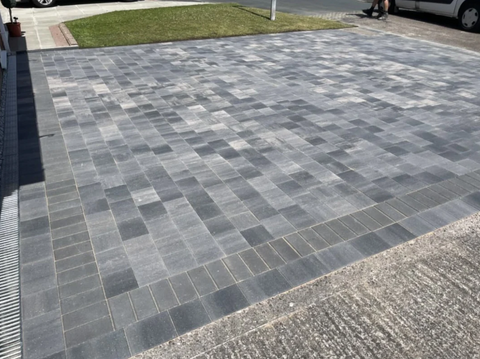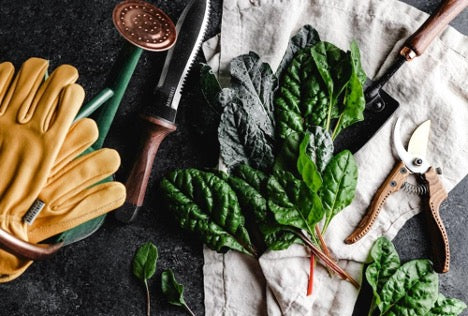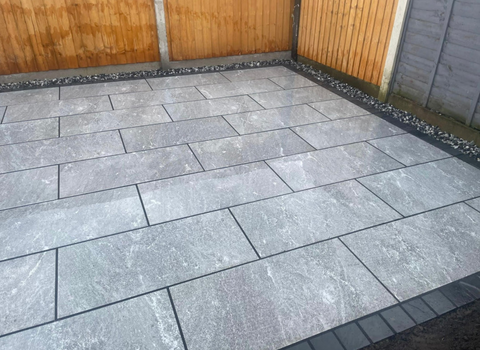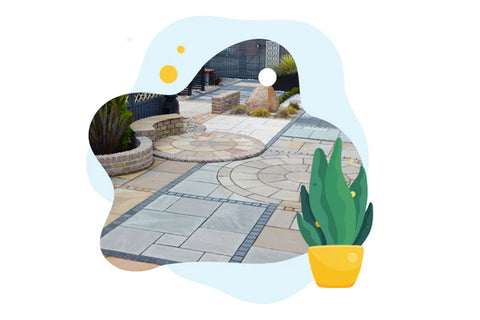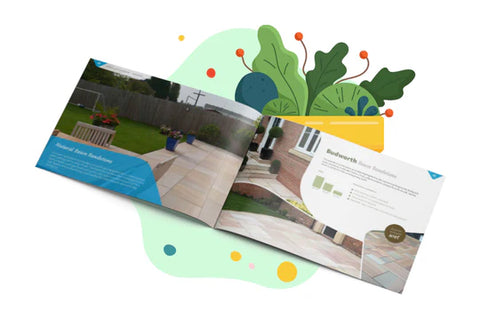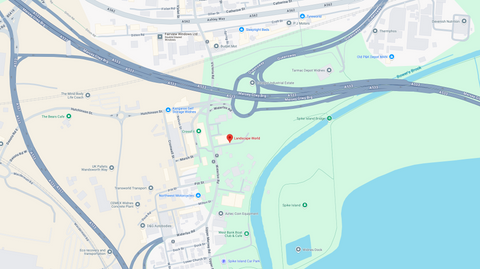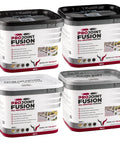When effectively laid and in great condition, a patio or block paved drive makes for an aesthetically appealing exterior surface, which can complement any home.
However, as the blocks are porous and the joints filled with sand, the surface can get dirty over time, often with moss and weeds growing in the joints. Sealing block paving can help prevent weed growth and keep your patio or driveway looking fantastic for years to come.
Sealing also protects your paved areas from the elements while ensuring the surface stays clean and looks as good as new.
While sealing has its pros, block paving manufacturers recommend not to pressure wash the surface regularly. This is because the paving blocks are laid on a bed of sand with sanded joints, and the base can be destabilised if water is pumped in regularly.
In this guide, you'll learn how to lay and seal block paving the right way.
*this is intended as a guide only and Landscape World are not responsible for any of the tips provided in this article
What Is Block Paving?
Block paving, also known as brick paving, is one of the commonly used surfacing methods for creating pavement. It entails the use of blocks or bricks to create a pattern for your patio or driveway. These blocks are then held in place with the sub-base and sand.
In block paving, blocks are sized to a particular shape—typically square or rectangle, and can then be arranged in an intricate pattern or simple lines depending on the individual's taste.
The bricks are usually made from concrete, clay, and other composite materials. Concrete-style blocks are the most popular due to their low maintenance and cost aspects. The main advantage of using bricks over other materials is that individual blocks can be removed and replaced if they are worn or suffer damage.
We stock a wide range of block paving here at Landscape World, in a variety of materials, shades, colours, sizes and shapes.

(Our Sorrento Peak Stone - available to purchase online)
When Is Block Paving Best Used?
Block paving is typically used for patio, drives, walkway pavements, and road surfacing; it is a great option if you're looking for a cost-effective way to give your patio or driveway a contemporary look.
Due to the broad selection of styles it offers, block paving will enhance your home's visual appeal. Concrete blocks, for instance, come in several colors and finishes, allowing you to go for an option that matches the surrounding area.
But if you're looking for a more traditional style for your driveway or patio, carpet stones and natural stone paving will do you justice.
Why Choose Block Paving?
Having a good driveway or patio makes a huge difference when it comes to how your home looks from the outside.
The kind of surfacing material you choose can complement your property, whether it's for your driveway, patio, or any other structure, and if you choose wisely, they should last for many years to come.
Here are some of the benefits of block paving that make it so popular throughout the UK:
Visual Appeal
If you're looking to give your home a makeover with a stylish yet modern look, block paving is a great choice. Available in a variety of styles and colors, block paving can be customised to meet your unique specifications and design style.
Different designs and shapes can also be formed, further making the material more appealing and customisable.
Drainage
Poor drainage can erode the soil under your patio or driveway. And if too much soil is washed away, your driveway or patio may become unstable and dangerous to use.
Luckily, block paving has excellent drainage owing to the underlying substrate material.
Plus, if you live in an area with heavy rain or prone to surface water, you can even opt for permeable block paving, which provides even better drainage!
Low Maintenance
Block paving doesn't require much maintenance due to the materials it's made from. Cleaning is also easier than with other materials, In fact, just washing your patio or driveway with cleaning agent and water will do the trick.
Additionally, block paving is also tough enough to withstand harsh weather, making it the ideal material for the ever-changing UK weather.
Property Value
Another benefit you get by opting for block paving is the potential increase in property value. We can't say that it will add pounds onto your selling price but block paving can improve the value of your property more than any other type of surfacing materials used, such as asphalt or gravel.
This is partly due to the aesthetic appeal, which makes the property look modern and down to how easy it is to manage in the long term.
Repairability
Since block paving is built with individual bricks, repairing a weathered or damaged brick is pretty straightforward. All you have to do is pull out the affected bricks and replace them with new ones.

(Our Sorrento Arissa - available to buy online)
How to Lay and Seal Block Paving
Block paving starts off with the preparation and excavation of the site. If you have soft spots or soft land, a sub-base may need to be installed to improve the stability of the foundation.
The site will need to be excavated to give you access to space for laying out the block paving. Once excavated, a landscaper will compact it with a compacter and lay a layer of sharp sand on the top. They will also check it with screeding rails and string lines to ensure it's leveled.
The landscaper then starts by laying the block paving in your desired patterns and ensuring the colors flow with your desired pattern.
Once the blocks are laid, the sand will be applied to the joints and compacted using a vibrating plate which helps to strengthen and ensure the blocks are leveled. This process is then repeated to ensure no joints are left unfilled.
How to Seal Block Paving
Disclaimer: The information provided in this section is intended as a guide only, and a professional should be contacted before undertaking any paving project.
Sealing the block paving can be a straightforward process, here's how to go about it.
Step 1: Clean Your Patio or Driveway
The first step is to clean your patio or driveway. You may need to focus on moss and algae removal using a specified cleaner, or get rid of stubborn oil stains if your block paving is on your driveway.
Step 2: Re-Sand the Joints
At this point, your driveway or patio is clean and completely dry. Next, use kiln-dried sand to fill the joints between the bricks.
Apply a thin layer of sand over the whole surface and work the broom back and forth to fill the sand in the joints. Ensure the sand is 1cm below the face of the block to prevent it from coming in contact with the roller when applying the block paving sealer. Next, sweep away the sand on the surface, so you're ready to seal the area.
Step 3: Apply the Sealant
After re-sanding the joints and cleaning the surface, apply the sealant (one coat), making sure the whole area is saturated—but don't create puddles.
Start by pouring the sealant out, then use a pile roller to squeeze it out. Focus on working the sealant into the joints. Give it enough time to dry—roughly 3 to 4 hours.
Once it has dried, apply a second coat.
Refer to the manufacturer's instructions on how much sealant is required per application and whether you need to apply a second coat. Make sure there's no traffic on the patio, or the driveway is not used until the sealant has dried up.
Even after the block paving is sealed up, don't assume the job is completed. Effective maintenance is critical to ensuring the paving is fine for an extended period.

(Our Sorrento Granite Stone - available to buy online)
Block Paving How-to
There you have it, the 3 steps to laying and sealing block paving!
We hope our guide on how to lay and seal block paving has given you an insight into the process.
As a family-run company, we have years of experience in block paving - for any more information, please give us a call on 0151 424 6111 or pop into our dedicated specialist paving centre in Widnes to speak to a knowledgable member of the team.

